
|
|
|
Privacy Policy | Editorial Policy | Profit Policy | Join the Association | List of Members | Contact us | Index | Links
Back Go to page: 1 2 3 4 5 6 7 8 9 10 11 12 13 14 15 16 17 18 19 20 Forward
Contents:
The RAAF Vietnam Lunch Club got together on Thursday the 10th December at the Jade Buddha, for the last time in 2020.
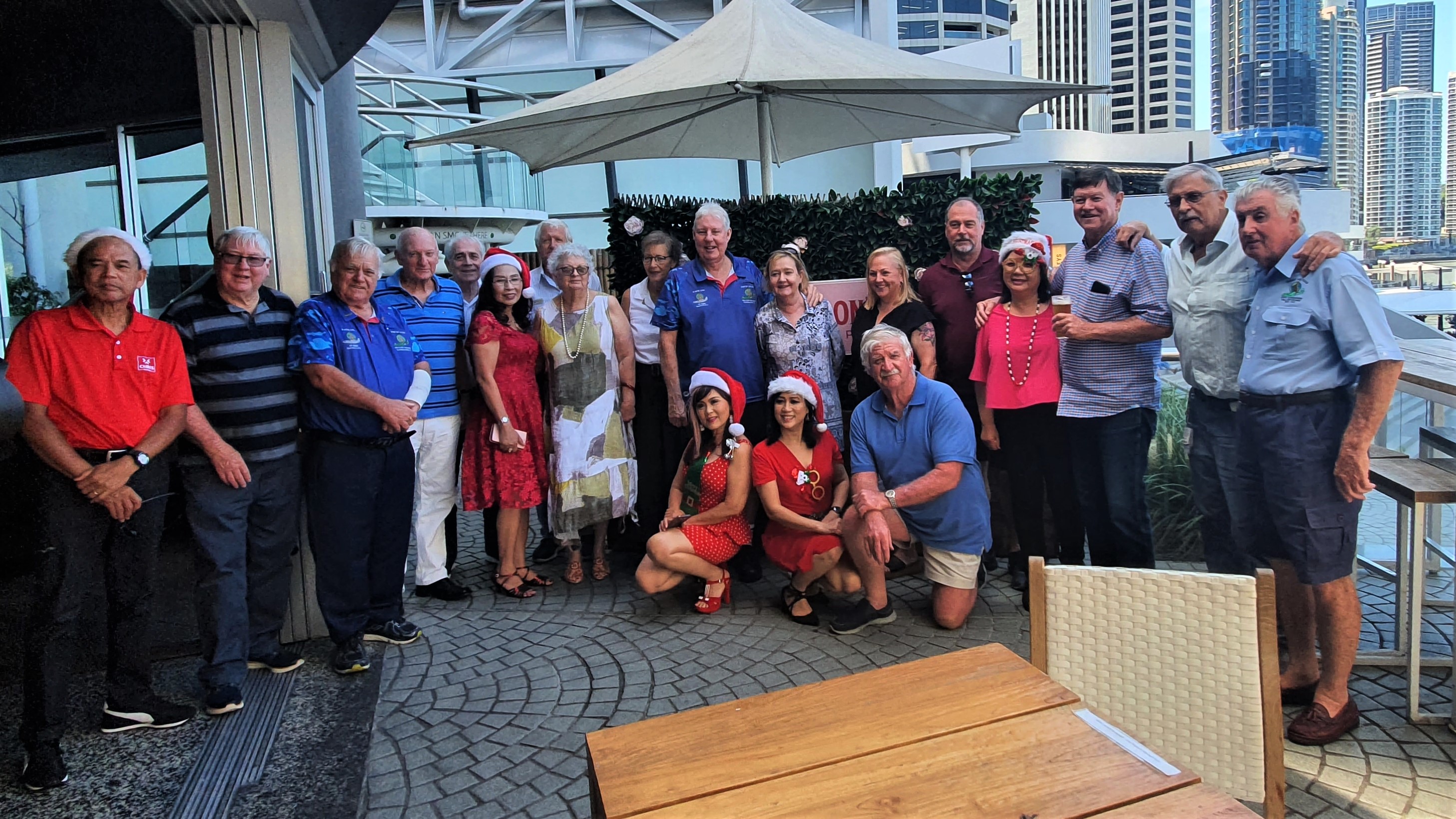
On the second Thursday of each month, except for January, the RAAF Vietnam Lunch Club get together at the Jade Buddha for lunch, a few drinks, some tall tales and to enjoy the hospitality offered by owner Phil Hogan and his wonderful staff.
If you had an all expenses paid trip to Vietnam way back when, compliments of the Air Force, and you and your partner would like to come along and say hello, you’re more than welcome. Click HERE, fill in the form and send it to Sambo and you’re on the list and he’ll send you a reminder a few days prior.
Lunchers get together from about midday, there’s no charge, no fee, if you want lobster mornay and 20 schooners that’s your business, you just buy what you want.
Now that Covid restrictions have been eased considerably and 2021 looks like returning to normal, if you haven’t been, put it on your bucket list, come along, we’d love to see you.
The CAC Kangaroo.
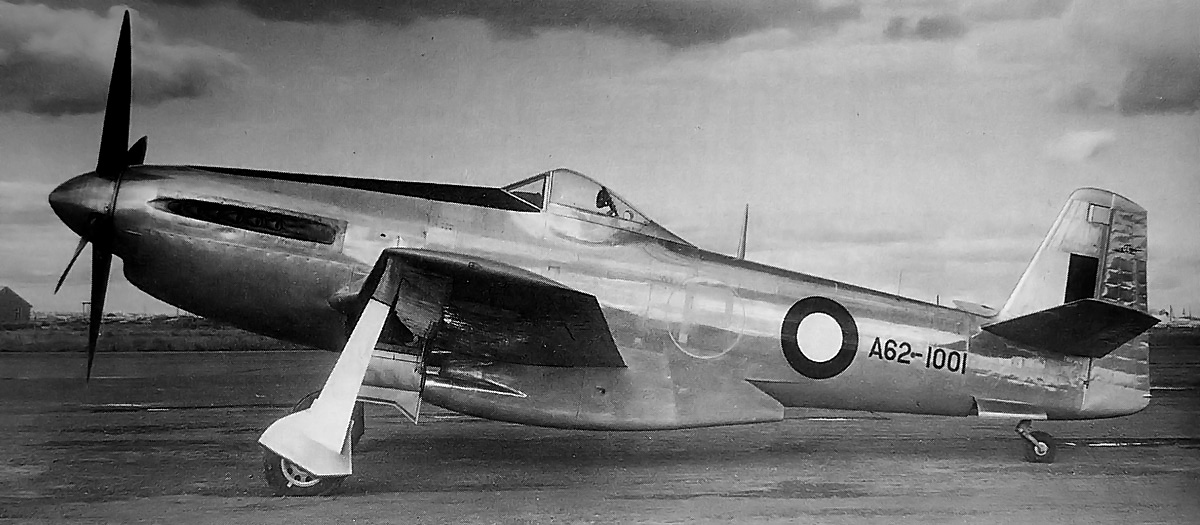
The CAC CA-15, also known unofficially as the CAC Kangaroo, was an Australian propeller-driven fighter aircraft designed by the Commonwealth Aircraft Corporation (CAC) during World War II. Due to protracted development, the project was not completed until after the war, and was cancelled after flight testing, when the advent of jet aircraft was imminent.
Design and development
As the CAC Boomerang became more and more obsolete against the Mitsubishi A6M Zero by 1942, Sir Lawrence Wackett proposed designing a new high performance fighter from scratch with Fred David as the head of an in-house CAC design team. During 1943, following the success of CAC and chief designer Fred David, in rapidly designing and mass-producing the small Boomerang fighter for the Royal Australian Air Force (RAAF), CAC began design work on a fully fledged interceptor and bomber escort. In June 1943 the Royal Australian Air Force approved the design concept proposal and issued design specification 2/43 for work to commence.
Although the CA-15 bore a superficial resemblance to the North American P-51 Mustang, the CAC design was not based directly on the American aircraft and had quite different performance objectives and dimensions. For instance, Fred David had been impressed by assessments of captured Focke-Wulf Fw 190s and intended using a radial engine rather than the inline engines used in fighters like the Mustang. In fact, development of the CA-15 was slowed by a recommendation from CAC head Lawrence Wackett, that the company build Mustangs under licence, rather than bear the cost of developing a unique design.
By the later stages of its development, it was believed that the CA-15 would have capabilities enabling it to replace the P-51.
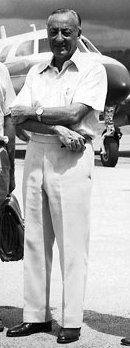
At first, the CAC designers planned to use the 2,300hp (1,715kW) radial Pratt & Whitney R-2800, with a turbocharger, however, that engine became unavailable, causing further delays in development and it was decided to fit an in-line Rolls-Royce Griffon Mk 61 (2,035hp/1,517kW). Engines for a prototype were leased from Rolls-Royce. It was intended that any production engines would have a three-stage supercharger.
Development was further slowed by the end of the war, with the prototype flying for the first time on 4 March 1946 and was flown by CAC test pilot Jim Schofield, who also flew the first Australian built P-51. (During my time in PNG [1973 – 1980], Jim Schofield was Regional Director of DCA's Papua and New Guinea Region)
The prototype was assigned RAAF serial number A62-1001. According to aviation historian Darren Crick, it achieved a calibrated level flight speed of 448mph (721km/h) at 26,400ft (8,046 m). Test flights came to an abrupt ending when Flt Lt J. A. L. Archer suffered a hydraulic failure (later found to be a leaking ground test gauge) on approach to Point Cook on 10 December 1946, which left him no choice but to orbit and burn off fuel. The main gear was only halfway down and unable to be retracted or lowered any further but the tail wheel was down and locked. On landing, the tail wheel struck the airstrip first causing the aircraft to porpoise and finally, the airscoop dug in. The aircraft settled back on the fuselage and skidded to a stop, heavily damaged. After repairs at CAC, the aircraft was returned to ARDU in 1948. Archer reportedly achieved a speed of 502.2mph (803km/h) over Melbourne, after levelling out of a dive of 4,000ft (1,200 m), on 25 May 1948.
By this time, however, it was clear that jet aircraft had far greater potential and no further examples of the CA-15 were built. The prototype was scrapped in 1950, and the engines were returned to Rolls-Royce.
You can see a video on the aircraft HERE.
There’s nothing like a little tomato soup to soothe the soul.
Even if it’s cold, over ice, with a celery stalk, and vodka.
Caribou’s last hurrah!
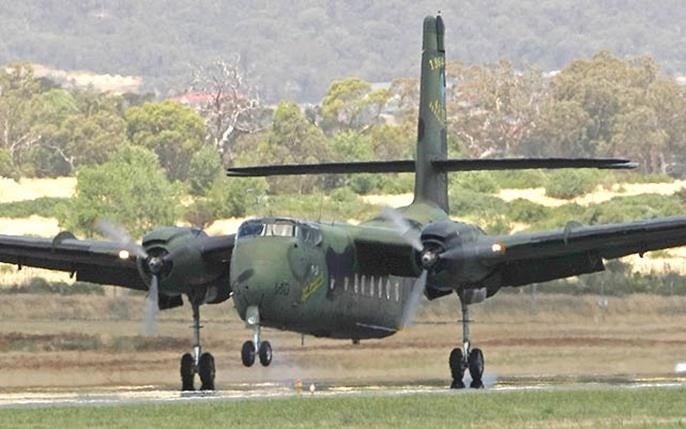
On the 27th November 2009, the RAAF flew its last operation involving the DHC-4 Caribou light transport aircraft, 45 years after this type first entered service in Australia. The final flight was carried out by Caribou A4-140 from Richmond into Canberra, where the aircraft was handed over to the Australian War Memorial for preservation. The previous day, another Caribou, A4-152, was similarly handed over to the RAAF Museum at Point Cook, Victoria.
A4-140 was the oldest surviving airframe of this type operated by the RAAF, having been one of the first three to arrive in Australia in 1964. It had served in Vietnam, supported United Nations efforts in Kashmir and seen extensive service in South East Asia and across the South Pacific, logging a total of 20,040 flying hours. It was also the aircraft hijacked in East Timor by armed soldiers fleeing that country’s civil war in 1975 (See HERE)
Over the weekend 7-8 November, 2009, the RAAF hosted a farewell party for the Caribou in the 35/38 Sqn hangars in Townsville – see HERE.
On its final flight to Canberra, the Caribou was captained by Wing Commander Tony Thorpe, Commanding Officer of 38 Squadron, with Flying Officer Matt Sullivan as co-pilot and Sergeant Scott Jones as loady.
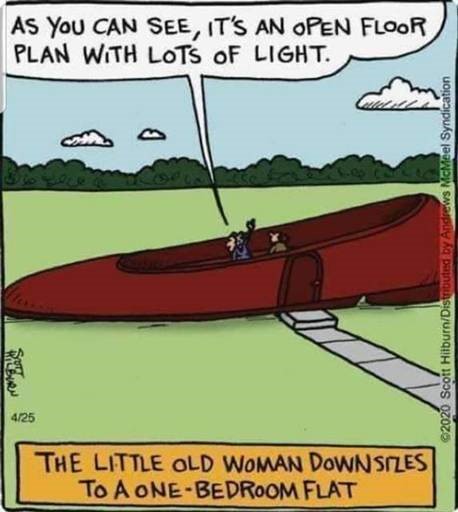
Operation Tropic Snow.
Operation Tropic Snow, (Who thinks up these funny names for operations?) RAAF helicopter pilots study a map of the West Irian terrain before taking off to locate the wreckage of the RAAF Dakota A65-61 aircraft. Dec 1970.
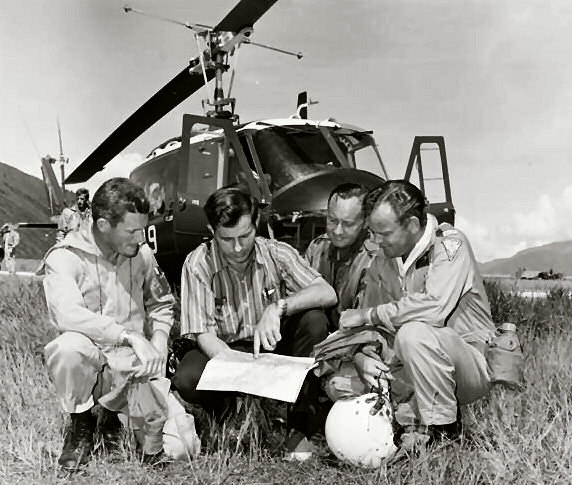
L-R: SqnLdr Brian Dirou, Mr Reeder, SqnLdr Peter Mahood and SqnLdr Ron Raymond the expedition leader.
Operation Tropic Snow recovered the remains of the RAAF Dakota A65-61 aircraft that crashed into a mountain in West Irian. On the 18th September 1945, the aircraft, from No 38 Squadron, took off from Morotai in the Netherlands East Indies (now Indonesia) but disappeared without reaching its destination at Townsville, Queensland. On board were 18 former prisoners of war, three RAAF passengers, five aircrew, two nursing sisters of the Morotai-based No 2 Medical Air Evacuation Transport Unit and an Army officer not recorded on the flight manifest.
The loss of the aircraft on the leg between Biak, on the north coast of Dutch New Guinea (now Irian Jaya), and Higgins Field on the northern tip of Cape York Peninsula, became one of the great aviation mysteries of the time. Not until April 1967 was the wreckage of the missing Dakota finally located some 14 200 feet up the side of the rugged Carstairs Mountains in Irian Jaya. RAAF teams visited the site in 1970 and 1999, before a further party arrived in May 2005 to recover the last remains of those killed.
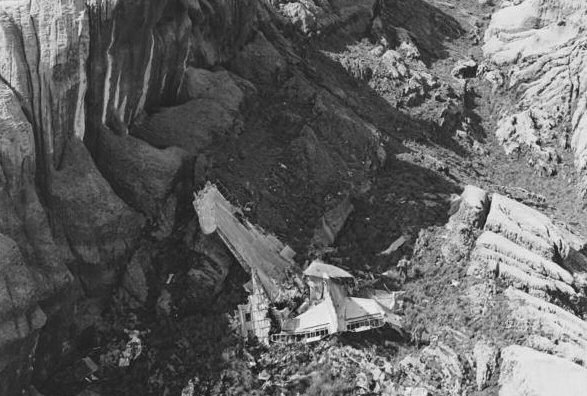
The remains of RAAF Dakota A65-61 aircraft that crashed into a mountain in West Irian.
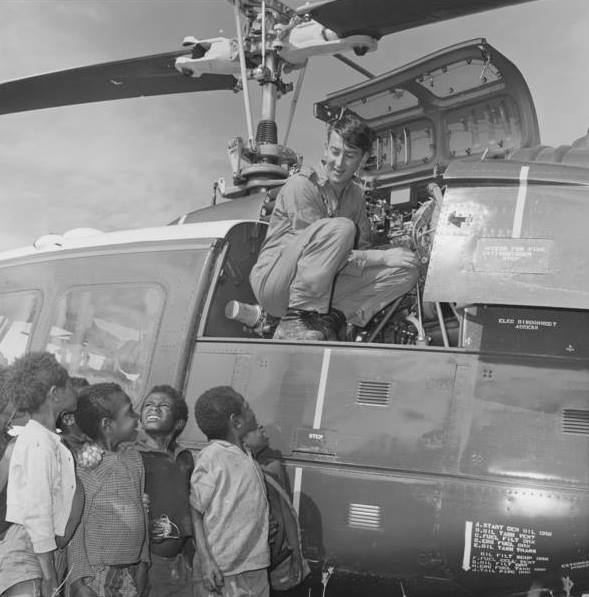
Charles Walford, engine fitter, working on the Iroquois at Operation Tropic Snow.
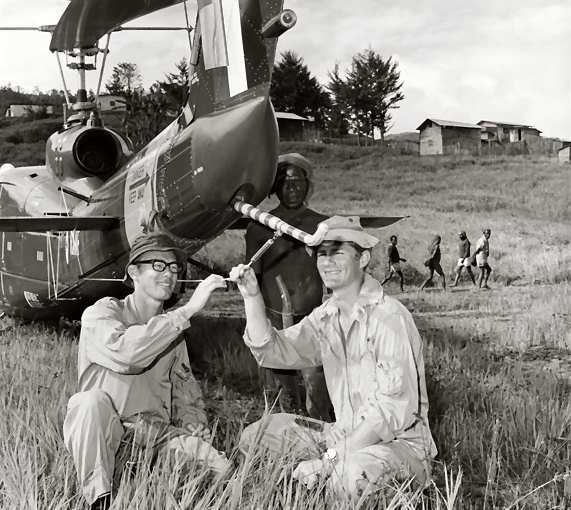
Dennis Freeman (Instruments), Maurie Hill (Framie).
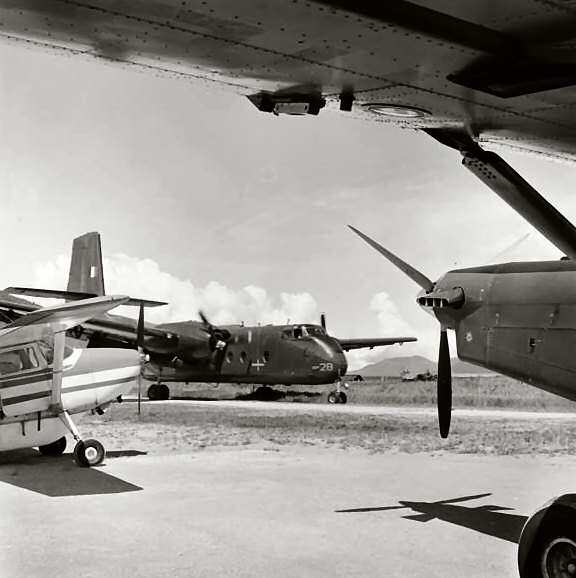
RAAF Caribou with Army Porter.
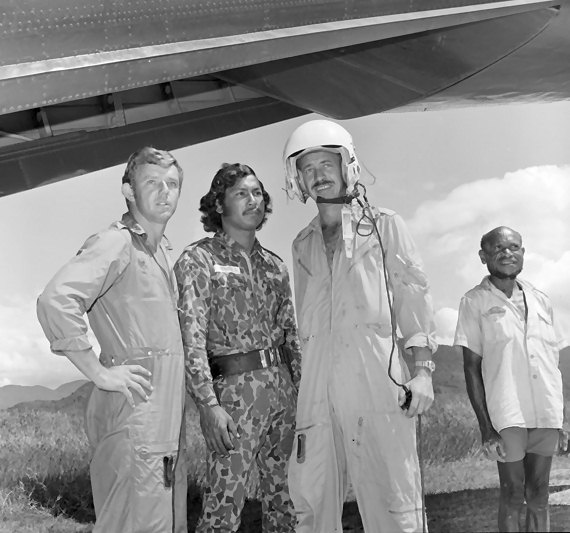
Tony Smith, Sumpie with Barry Gracie, Loady.
Healthy eating tip No 1.
Pick fresh vegetable every day, feed them to your pigs, they will covert them to nourishing bacon.

9 Sqn farewell from Vung Tau.
On the 17th December, 1971, the last remaining member of 9 Squadron, Pilot Officer John Thynne, departed Vietnam on a C-130 escorting the unit's classified material. On the 8th December 1971, 18 NCOs and airmen had embarked on HMAS Sydney, followed by the squadron's 16 Iroquois aircraft, for the 11-day passage back to Brisbane. The majority of the squadron's personnel departed Vietnam the following day on a QANTAS charter flight with only the crews to fly the Iroquois off HMAS Sydney remaining in the country. Those crews could not accompany the aircraft on HMAS Sydney as 4 RAR was also being transported back to Townsville.
All No 9 Squadron personnel reunited in Townsville on the 17th and joined 4 RAR in a march through Townsville and then joined 4 RAR's 'Welcome Home' celebrations. The crews then embarked HMAS Sydney at Townsville following the disembarkation of 4 RAR. Early on the morning of the 19th December, the Iroquois were flown off HMAS Sydney in two waves of eight aircraft for Maroochydore Airport; all 16 aircraft were then flown in formation to Amberley. Regrettably, no Department of Air or HQ Operational Command representatives were at Amberley to welcome the unit home.
I love waving at random people because you know for the rest of the day,
they’re trying to figure out who you were.
50 Anniversary of 16 Appy.
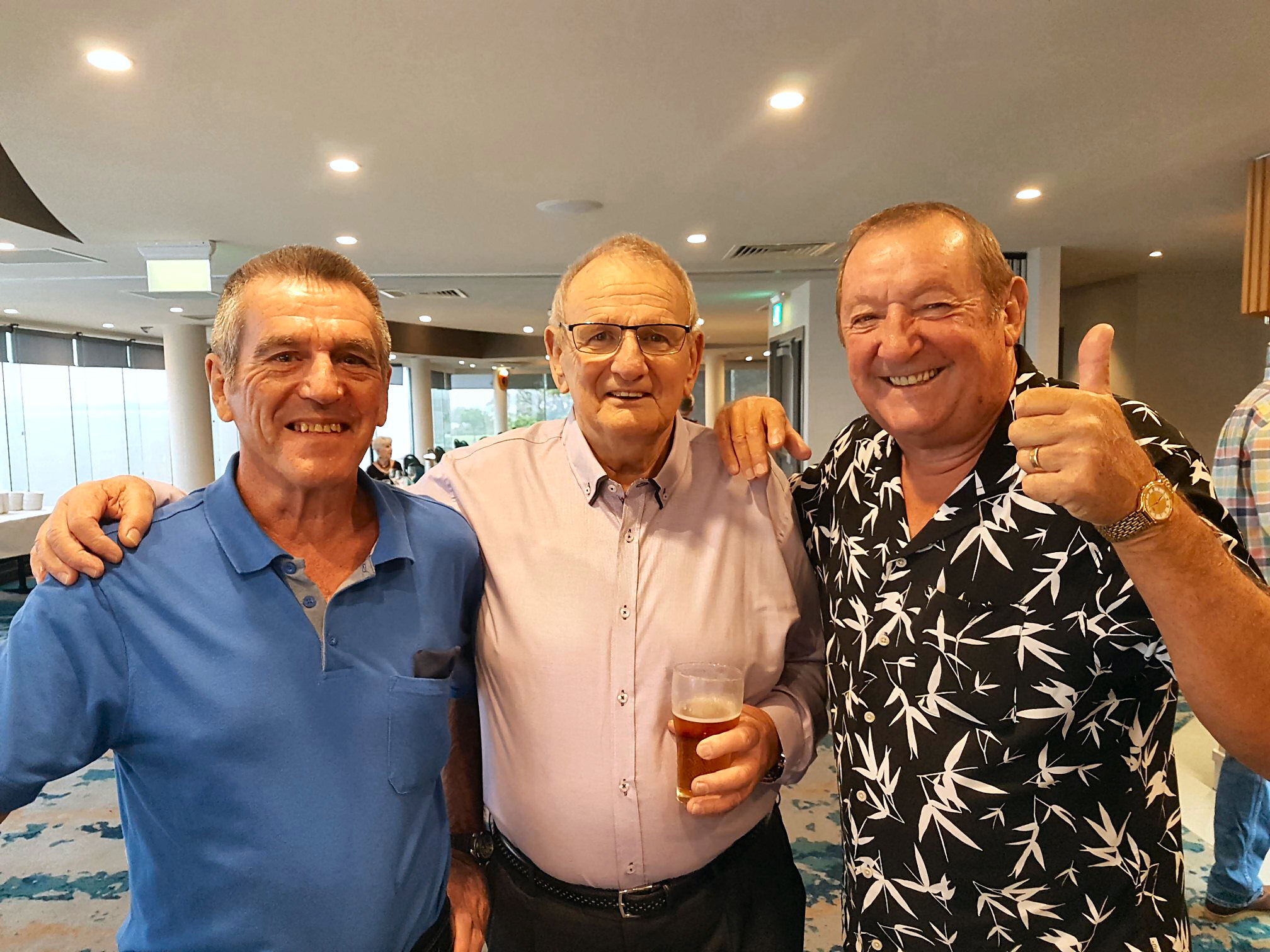
Rod Nedwich, Pete De Jonge, Denis "Dallas" Priester.
Mandrake the magician.
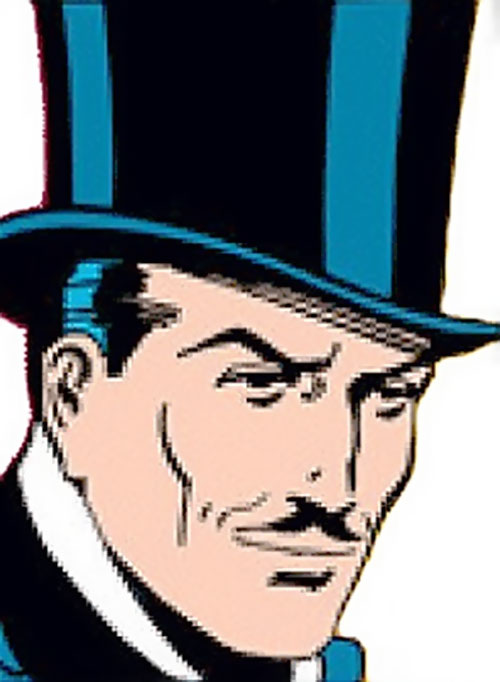
‘Mandrake’, an LAC Framie, was based at Richmond during WW2. He got his nickname after a popular comic strip of the time. In every large group of men there are some characters and Mandrake was a classic example. In barrack’s hut conversation he always said that in peacetime he was a professional sparring partner, and named a well-known Sydney gymnasium where he claimed to have worked. He looked and acted the part and nobody doubted him. On the Base he spent his spare time in the gym on skipping rope and punching bag and after the day’s work would still run laps around the Base. He was also inclined to push himself forward and claim more than his due.
When fitters had carried out any major work on an aircraft they were usually called on to go up in its initial test flight. Mandrake was always to the forefront to fly and boasted that he was never airsick, however given the right circumstances, not many are immune from airsickness. Mandrake had carried out a major inspection on one of the North American Harvards and had it ready for test. This is a two-seat aircraft from which the Australian Wirraway was developed and had separate sliding canopies over pilot and passenger. When the pilot arrived to fly the aircraft other fitters quietly suggested to him that he give Mandrake the full treatment in the hope of taking him down a peg or two.
With Mandrake aboard, the pilot took off and gained height over Richmond township and the Nepean River, staying in view of our dispersal area as planned by the pilot and fitters. Then it began. The Harvard was quite good for aerobatics and the pilot went through the full catalogue of stall turns, loops, side-slips and fishtails so it was not long before Mandrake had to slide the canopy back to vomit over the side. He also undid his safety harness to lean over enough to save himself having to clean the cockpit on return in front of his mates. But the pilot, sitting in the front cockpit, did not realise that Mandrake had unstrapped himself and when his passenger settled back again, the pilot, not noticing that the canopy was still pushed back, thought he was ready for more and inverted the aircraft. Of course, the law of gravity automatically applied and Mandrake fell straight out.
Fortunately, his parachute worked well and he landed close to the bank of the Nepean River - all in one piece. When the pilot discovered he was one passenger short he panicked and called control on the radio and the ambulance dashed out to look for the casualty. They soon found Mandrake under where the worried pilot was still circling; he had the rolled ‘chute under his arm and was walking in circles looking intently in the grass. The ambulance men thought he had been knocked silly and went to help him, but he only protested, ‘Don’t stand around there doin’ nuthin’; give us a hand to find me tobacco tin, it must have fallen out o’me overalls pocket on the way down’. That was all he was worried about!

If you want to save money at Christmas,
now’s the perfect time to tell the kids that Santa didn’t make it through the pandemic.
Back Go to page: 1 2 3 4 5 6 7 8 9 10 11 12 13 14 15 16 17 18 19 20 Forward